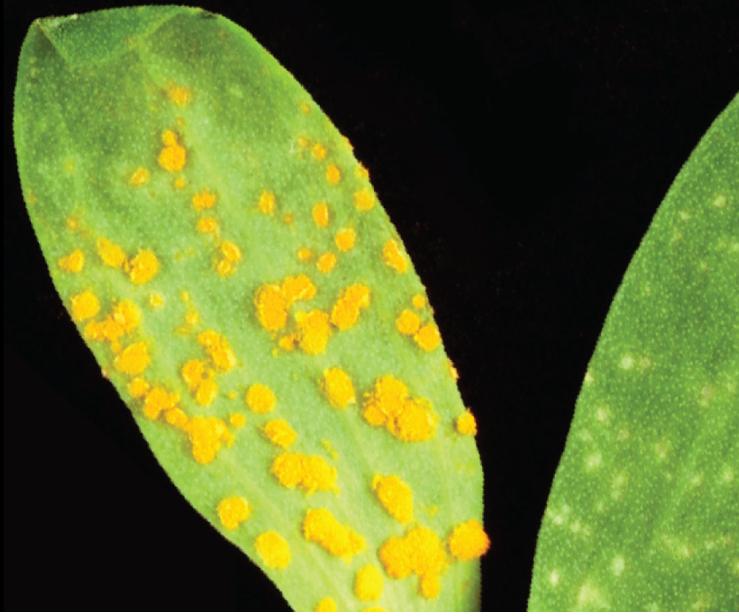Breakthrough study makes sense of how plants unscramble external signals
An international study has uncovered new evidence on how plants coordinate a network of receptors to detect and interpret signals from their environment.
The team which includes scientists from the lab of Professor Cyril Zipfel, The Sainsbury Laboratory, Norwich, has made significant progress in the understanding of a family of proteins called receptor kinases.
In a paper published today in the journal Nature, the team reveal how they have successfully mapped a network of receptor kinases. These are employed by plants to decode a complex range of chemical signals from various sources including growth hormones and invading pathogens.
The team also identify some previously unknown examples of receptor kinases which appear to be critical in holding this network together.
The findings in the reference plant Arabidopsis thaliana can now be used inform research aimed at improving commercial crops, say the authors of the paper.
Lead author Dr Youssef Belkhadir from the Gregor Mendel Institute of Molecular Plant Biology of the Austrian Academy of Sciences explained:
“This is the first big step in elucidating the network properties of receptor kinases; my lab is going to expand this work to the other receptor classes in Arabidopsis, and move out of this model system and into crops.”
“Our ultimate goal is to identify important receptor kinases that can modify plant responses to make them more resistant to environmental stress such as global warming and pathogens.”
The findings are outlined in the paper, “An extracellular network of Arabidopsis leucine-rich repeat receptor kinases.”

In both plants and animals, receptor kinases are largely responsible for sensing the environment.
These proteins recognise chemical signals, such as growth hormones or portions of proteins from pathogens, from outside the cell and initiate responses to this signal inside the cell.
The model plant Arabidopsis thaliana contains over 600 of receptor kinases – ten times more than are found in humans - and they are critical for plant growth, development, immunity, and stress response.
Despite this importance, the function of only a handful of these proteins is known; even less is known about how these receptors interact with each other to coordinate responses to often conflicting signals.
The full findings are available at https://www.nature.com/articles/nature25184.
Ends


